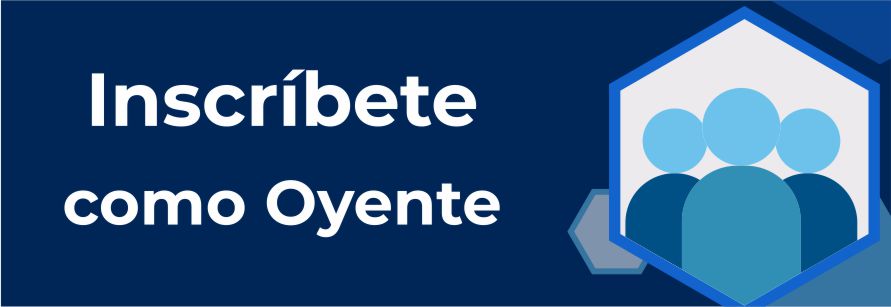YouTube and its impact on the listening skill of the 4-a students at new hope bilingual school during the III Quarter 2022
Resumen
The present study provides information related to the YouTube platform. It shows how effective or ineffective it is for educational purposes. For this reason, the goal is to demonstrate how useful YouTube can be for ten-year-old students in a learning environment. Besides, the skill of interest in this research is the listening skill. As part of the research process, different techniques are used to recollect the main results of the impact YouTube has on kids at a young age. Also, it contains information related to previous studies done in different countries to compare the results gotten. Lastly, according to the conclusions, it demonstrates how an app that many people have access to, can be used as a learning and educational tool for students at schools.
Descargas
Citas
Balakrishnan, J. & Griffiths, M. (2017). Social media addiction: What is the role of content in YouTube? Journal of behavioral addictions, 6(3), 364-377
Bhandari, P. (2021). Questionnaire Design | Methods, Question Types & Examples. Scribbr. https://www.scribbr.com/methodology/questionnaire/#:~:text=A%20questionnaire%20is%20a%20list,the%20social%20and%20health%20sciences.
Data Collection Methods for Program Evaluation: Observation. (2018). It includes a basic overview of observation; when to use it; how to plan and conduct it. https://www.cdc.gov/healthyyouth/evaluation/pdf/brief16.pdf
Duffy, P. (2008). Using Youtube: Strategies for using new media in teaching and learning. In Enhancing learning through technology: research on emerging technologies and pedagogies (pp. 31-43).
Jaffar, A. A. (2012). YouTube: An emerging tool in anatomy education. Anatomical Sciences Education, 5(3), 158–164. https://doi.org/10.1002/ASE.1268
Lin, Meng-Fen & Michko, Georgette & Bonk, Curt. (2009). Characteristics of YouTube Use and Users: Implications for Education. https://www.researchgate.net/publication/279657758_Title_Characteristics_of_YouTube_Use_and_Users_Implications_for_Education
Listiani, N. K. M., Suwastini, N. K. A., Dantes, G. R., Adnyani, N. L. P. S., & Jayantin, I. G. A. S. R. (2021, April). YouTube as digital learning resources for teaching bilingual young learners. In 2nd International Conference on Technology and Educational Science (ICTES 2020) (pp. 156-162). Atlantis Press.
Liubinienė, V. (2009). Developing listening skills in CLI. Kalbų studijos, (15), 89-93.
McCombes, S. (2019). Descriptive Research | Definition, Types, Methods & Examples. Scribbr. https://www.scribbr.com/methodology/descriptive-research/
Mohsin, M. (2022). 10 YOUTUBE STATS EVERY MARKETER SHOULD KNOW IN 2022. Blog. Oberlo. https://www.oberlo.com/blog/youtube-statistics#:~:text=90%20percent%20of%20people%20say,channel%20for%20digital%20video%20consumption.
Snelson, C., & Perkins, R. A. (2009). From silent film to YouTube™: tracing the historical roots of motion picture technologies in education. Journal of visual literacy, 28(1), 1-27.
Soukup, P. A. (2014). Looking at, through, and with YouTube. Santa Clara University, Communication Research Trends, 33(3), 3-34.
Vytiaz, A. (2018). Youtube - a new era of TV?. Thesis for Bachelor. Masaryk University, Faculty of Economy and Administration. Study program: Public Economics. https://www.researchgate.net/publication/328874004_Youtube_-_a_new_era_of_TV
Werner, Wiktor & Adrian, Trzoss & Dawid, Gralik. (2020). History and YouTube. Historical narrative in the age of Web 2.0. Research Gate. https://www.researchgate.net/publication/344453965_History_and_YouTube_Historical_narrative_in_the_age_of_Web_20
Wlison, A. (2015). YouTube in the Classroom. Master of Teaching Department of Curriculum, Teaching and Learning Ontario Institute for Studies in Education of the University of Toronto. https://tspace.library.utoronto.ca/handle/1807/68780
Derechos de autor 2023 Adriana Gutiérrez Campos;Yahui Huang Chang

Esta obra está bajo licencia internacional Creative Commons Reconocimiento 4.0.













.png)




















.png)
1.png)


